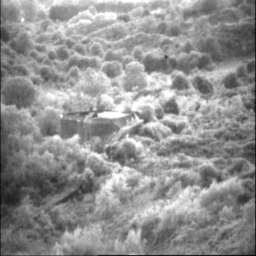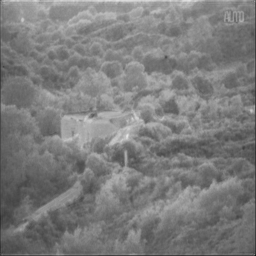This is a PyTorch implementation of Unsupervised Deep Image Fusion With Structure Tensor Representations with multi-GPU training supports.
 |
 |
 |
|---|---|---|
| Visible image | Infrared image | Fused image |
- PyTorch
- tqdm
- pillow
- For training, you should get image pairs such as RGB-thermal, RGB-NIR or multi-focus pairs. And they must be registered each other.
- Set your training phase at args.py
- For multi-GPU training, you should set parameters as follows,
### args.py
# For GPU training
world_size = -1
rank = -1
dist_backend = 'nccl'
gpu = 0,1,2,3
multiprocessing_distributed = True
distributed = None
You can see details of these parameters at tutorials of PyTorch official documents.
- If you have pretrained models, you can transfer the training to them.
### args.py
# resume = "./models/samples.pt" # Transfer learning
resume = None # Train from scratch
- Make two txt files which contain paths of RGB and NIR/thermal images, respectively. For example,
# RGB images
/home/kim/images_visible/1.jpg
/home/kim/images_visible/2.jpg
/home/kim/images_visible/3.jpg
# Thermal images
/home/kim/images_thermal/1.jpg
/home/kim/images_thermal/2.jpg
/home/kim/images_thermal/3.jpg
- Run the command below
python train.py
- Please add the path of datasets for test.
### args.py
# For testing
test_save_dir = "./"
test_visible = "./test_visible.txt"
test_lwir = "./test_lwir.txt"
- For training and testing, I recommand KAIST Multispectral Pedestrian Detection Benchmark.
- Add evaluation code
- Upload pretrained models and samples
- Update benchmark
@ARTICLE{8962327,
author={H. {Jung} and Y. {Kim} and H. {Jang} and N. {Ha} and K. {Sohn}},
journal={IEEE Transactions on Image Processing},
title={Unsupervised Deep Image Fusion With Structure Tensor Representations},
year={2020},
volume={29},
number={},
pages={3845-3858},}
